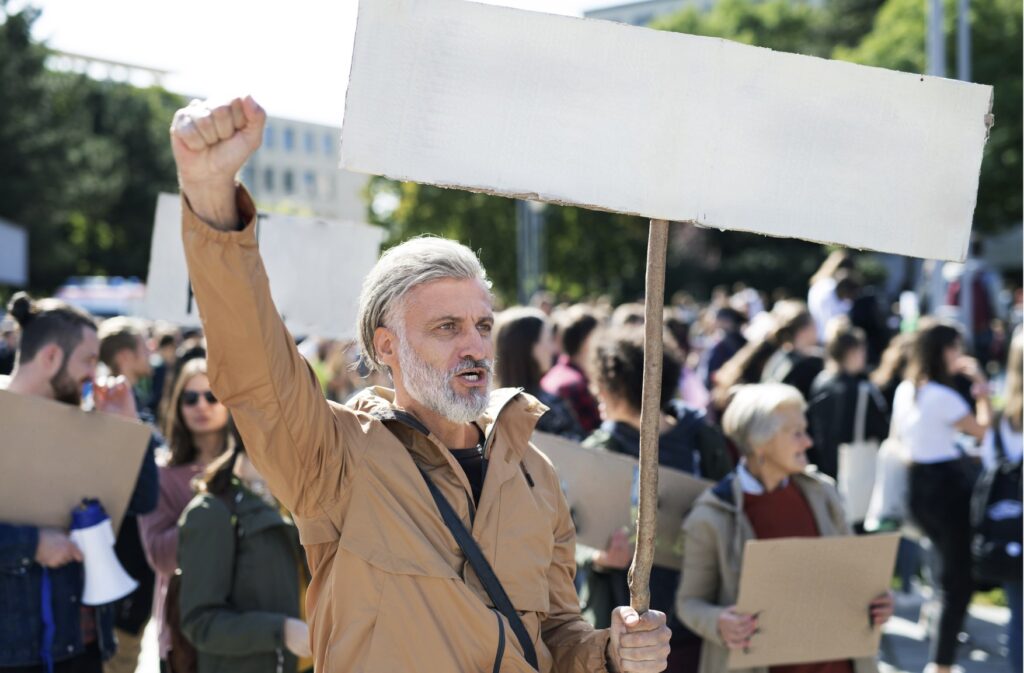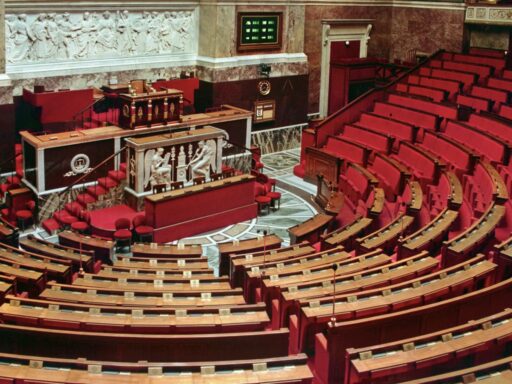Visit strike of December 5 marked an important date in the calendar of the mobilizations in France. The day, which had been eagerly awaited for several weeks, saw a massive turnout from a variety of professional sectors. A large number of public sectors were at a standstill, including transportthe schools and the public service.
Contents
The origin of grèvez
Visit mobilization of December 5 is rooted in a number of demands made by different unions. Initially, the strike was aimed primarily at the government's proposed pension reform. This plan, perceived as unfair by a large proportion of the working population, has provoked an outcry among the public and private sector workers.
Visit teachersemployees of public transportand other professions were particularly concerned. Visit unions quickly organized a joint response to demonstrate their disagreement. Many saw the day as an opportunity to show their dissatisfaction with the reforms, which were deemed anti-social.
Sectors affected
Visit disturbances caused by the December 5 strike were significant. The services of transport were heavily impacted, with few trains running and many metro lines at a standstill. Delays and cancellations were commonplace, paralyzing the daily journeys of millions of commuters.
In the education sector schools and lycées were also affected. A large number of teachers responded to the call for a strike, leading to the closure of many schools. Pupils were left without lessons, while parents had to improvise childcare solutions.
Union participation

Visit unions played a key role in organizing and promoting the December 5 strike. Several major trade union organizations mobilized, calling on their members to take to the streets to demonstrate. Federations covering different branches of the public service joined forces to add weight to the protest.
Among the most prominent unions were those representing transport workers and teachers. Their involvement was crucial to the success of the strike. In addition, other trades joined the movement, adding an inter-professional dimension to the strike. mobilization.
Impact on daily life
The consequences of strike were felt beyond the participants themselves. Users of public services, for example, had to adapt to numerous restrictions. The paralysis of transport has forced many people to find alternative ways of getting to work, often by carpooling or walking extra kilometers.
For families, dealing with the absence of educational staff was a considerable challenge. The disruption to schools have forced many parents to take unplanned leave or find temporary childcare solutions.
Government responses
Faced with the scale of the mobilizationthe government has tried to maintain an open dialogue with the unions. Discussions took place before and after the strike, but differences remained deep. The pension reform project remained at the heart of tensions, although other concerns were expressed during the demonstrations.
The government defended its position, stressing the need to reform a system deemed obsolete and costly. However, the arguments put forward did not convince all stakeholders, which fuelled the intensity of the debate. events and blockages.
Demonstrators' demands
In addition to pension reform, the demonstrators have put forward a series of demands aimed at improving their working and living conditions. Here are some of the main demands:
- Safeguarding special pension schemes for certain professions.
- Wage increases and improved working conditions.
- Guaranteed sustainable funding for essential public services.
- Maintaining social gains threatened by government reforms.
These demands reflect a broader opposition to policies deemed neoliberal and austere by the demonstrators.
Demonstrations in cities
Visit events associated with the strike were well attended. In major cities such as Paris, Marseille, Lyon and Nantes, massive rallies took place, attracting not only workers, but also students, pensioners and citizens in solidarity.
In Paris, for example, thousands of demonstrators marched through the streets, brandishing placards and slogans against government reforms. The atmosphere of the processions was mixed, ranging from festive demonstrations to tense encounters with the police.
Incidents and safety
Visit events were not without their tensions. A few skirmishes between demonstrators and police were reported, although the majority of participants marched peacefully. The most significant incidents generally concerned minority groups adopting a radical stance.
To ensure security, a large police presence was deployed in the main demonstration areas. The authorities sought to limit material damage and avoid violent clashes, although a few clashes were reported in the media.
Business feedback

The impact of the December 5 strike was also felt in the business world. Many companies, particularly those dependent on the services of transportAll these companies felt the effects of their employees' absence. Substantial economic losses were recorded in certain sectors, notably logistics and retail.
Small and medium-sized enterprises (SMEs) have been particularly vulnerable, as they tend to have fewer resources at their disposal to deal with the days of mobilization. Absenteeism due to strike has, in some cases, delayed essential projects and deliveries, amplifying the overall economic impact of the day of action.
Future prospects
Visit strike of December 5 raised the question of the sustainability of protest movements in France. Visit unions have made it clear that they will continue mobilization if their demands were not satisfactorily met. The possibility of further strikes remains, fuelled by persistent criticism of government policies.
Experts agree that the social climate in France remains fragile and susceptible to further social explosions. The government will have to navigate carefully to avoid an escalation of conflicts that could further paralyze the country and weaken the socio-economic fabric.
Analysis and reflection
Visit strike of December 5 illustrates the underlying tensions between the government and several segments of French society. The event confirmed mobilization from unions and the determination of workers to defend their social gains. While the specific objectives of the strike were not entirely achieved, the symbolic importance of this mobilization remains undeniable.
Ultimately, this day is a poignant reminder of the constant challenges facing modern societies in terms of social negotiation and reform. It is now up to leaders to find constructive ways out to meet legitimate expectations, while ensuring the sustainability of institutional systems vital to national cohesion.





